The province has an area of 1,387.5 km2 with a population of nearly 1 million people, including 8 administrative units including 2 cities: Ninh Binh city, Tam Diep city and 6 districts: Nho Quan, Gia Vien, Hoa Lu, Yen Mo, Yen Khanh and Kim Son district.
This land belonged to Tuong district during the Qin Dynasty (255-207 BC). During the second period of Chinese domination (207 BC-542 BC), under the Han Dynasty it belonged to Giao Chi district, during the Ngo Dynasty (266-280) and Jin Dynasty (280-420) it belonged to Giao Chau, and at the end of the Liang Dynasty (502-542) it was Truong Yen district. When Ly Nam De defeated the Liang army and established the Tien Ly Dynasty (542-602), it was still Truong Yen district of Van Xuan country. During the third period of Chinese domination (603-905) under the Sui and Tang Dynasties, this land was still Truong Yen district.

During the Ming Dynasty (1407-1428), it was called Truong Yen Chau. According to Dai Thanh Nhat Thong Tri (of China), Kien Binh Prefecture governed one Chau, Truong Yen, and six districts, namely Y Yen, Dai Loan, Yen Ban, Vong Doanh, Yen Ninh, and Le Binh, which means several districts in Nam Dinh province today. According to Thien Ha Quan Quoc Loi Benh Thu, in the 5th year of Yongle under the Ming Dynasty (1407), Truong Yen Chau was merged into Kien Binh Prefecture, including four districts, Yen Mo, Uy Vien, Yen Ninh, and Le Binh. In the 6th year of Yongle (1408), Uy Vien district was merged into Truong Yen Chau, in 1415 Yen Mo district was merged into Yen Ninh district, and in 1419 Le Binh district was merged into Truong Yen Chau.
During the Le Dynasty, it was still the same as the previous Tran Dynasty. During the Thieu Binh Dynasty (1434-1440) under the Le Thai Tong Dynasty (1433-1442), it was divided into two prefectures, Truong Yen and Thien Quan, belonging to Thanh Hoa town (Thanh Hoa today) including 6 districts. Truong Yen prefecture had 3 districts: Gia Vien, Yen Khang and Yen Mo; Thien Quan prefecture managed 3 districts: Phung Hoa, Ninh Hoa and Lac Tho. During the Hong Duc Dynasty (1470-1498), Le Thanh Tong merged these two prefectures into Son Nam Thua Tuyen. During the Mac Dynasty (1527-1592), these two prefectures were called Thanh Hoa Ngoai Tran, separated from Thanh Hoa Noi Tran by Tam Diep mountain range. The Le Trung Hung Dynasty established its capital in Thanh Hoa. From Truong Yen prefecture to the north, it was governed by the Mac Dynasty; except for Truong Yen to the inside, starting from 1533, it was governed by the Le Trung Hung Dynasty. The two place names Thanh Hoa Noi Tran and Thanh Hoa Ngoai Tran started from there. After the Mac Dynasty was destroyed (1592), the Le Dynasty merged the two prefectures of Truong Yen and Thien Quan into Thanh Hoa and called it Thanh Hoa Ngoai Tran. During the Tay Son Dynasty, it was also called Thanh Hoa Ngoai Tran belonging to the Northern Citadel.
Under the Nguyen Dynasty, it remained the same: Thanh Hoa outer town included 2 prefectures: Truong Yen and Thien Quan, with 6 districts: Yen Mo, Yen Khang, Gia Vien, Yen Hoa, Phung Hoa and Lac Tho.
In the 5th year of Gia Long (1806), Thanh Hoa Ngoai Tran was renamed Thanh Binh Dao, still belonging to Thanh Hoa town. In the 2nd year of Minh Mang (1821), Truong Yen prefecture was renamed Yen Khanh prefecture. In the 3rd year of Minh Mang (1822), Thanh Binh Dao was renamed Ninh Binh Dao. The name Ninh Binh has existed since then, but it is still a Dao belonging to Thanh Hoa town. In the 10th year of Minh Mang (1829), it was officially changed to Ninh Binh town, with the governing officials being Tran Thu, Hiep Tran and Tham Hiep like the other towns in Bac Thanh. Also in 1829, Kim Son district was established, by Dinh Dien Su Nguyen Cong Tru who reclaimed wasteland and coastal alluvial land.
In the 12th year of Minh Mang (1831), Ninh Binh town was changed to Ninh Binh province and the Northern Citadel Governor was abolished according to Minh Mang's administrative reform program. Ninh Binh province under the Nguyen Dynasty had 2 prefectures including 7 districts. Yen Khanh prefecture included 4 districts: Yen Khanh, Yen Mo, Gia Vien (at that time including 2 districts of Gia Vien Hoa Lu today and Kim Son). Thien Quan prefecture (in the 15th reign of Tu Duc, that is, in 1862, it was changed to Nho Quan prefecture), Yen Hoa (called Ninh Hoa in the Le Dynasty, including part of Nho Quan district and part of Gia Vien district today) and Yen Lac district (formerly Lac Tho, later Lac Yen, today is Lac Son district, Hoa Binh province).
During the French colonial period, there were some changes, such as cutting Yen Lac district into Hoa Binh province, changing the name of Phung Hoa district to Nho Quan district and forming Gia Khanh district including part of Gia Vien district and part of Yen Khanh district.
In 1930, the Communist Party of Vietnam was born. Ninh Binh was one of the first provinces to have a Party base and revolutionary movement. The Quynh Luu base was one of the three centers of the Quang Trung War Zone in the pre-uprising period. The Khanh Trung and Khanh Thien guerrilla zones were strong bases against the French. During the anti-American period, Ninh Binh maintained the North-South traffic route. The army and people of Ninh Binh shot down 90 American planes. Ninh Binh province was awarded the title of Heroic Unit of the People's Armed Forces by the State...
Before the August Revolution (1945), Ninh Binh had 6 independent districts (districts that did not control districts included Nho Quan and Yen Khanh, Gia Vien, Gia Khanh, Kim Son and Yen Mo districts, and Ninh Binh town).
After the August Revolution (1945), some provinces and cities were named after famous people or historical places, but Ninh Binh was named after famous people or historical places, and Ninh Binh was called Hoa Lu province for a short time. The prefectures and districts were all called districts, including 6 districts and one town. But on October 9, 1945, the Government Council decided that the provinces would take back their old names, and Hoa Lu was called Ninh Binh province in Bac Ky, later called Bac Bo.
During the resistance war against France (1946-1954), Ninh Binh province belonged to zone 3. On January 25, 1948, zones 2, 3 and 11 were merged into Lien khu, Ninh Binh belonged to Lien khu 3.
After the country's reunification, in 1976 Ninh Binh merged with Ha Nam province (including Nam Dinh and Ha Nam) to form Ha Nam Ninh province and in 1977, Nho Quan and Gia Vien districts merged into Hoang Long district, Yen Mo district and 10 communes of Yen Khanh district into Tam Diep district, Kim Son district and 9 communes of Yen Khanh district into Kiem Son district, Gia Khanh district and Ninh Binh town merged into Hoa Lu district. At this time, the old Ninh Binh land only had 4 districts in Ha Nam Ninh province, Ninh Binh town was downgraded to a town in Hoa Lu district.
On April 9, 1981, Hoang Long district was divided into two districts: Hoang Long and Gia Vien. In December 1991, the 8th National Assembly, 10th session, decided to separate Ninh Binh province from Ha Nam Ninh province. Ninh Binh returned to its former province, now consisting of 7 administrative units: Ninh Binh town, Tam Diep town and 5 districts: Hoang Long, Hoa Lu, Gia Vien, Tam Diep, Kim Son.
On April 1, 1992, Ninh Binh province was officially re-established and put into operation. Implementing the renovation policy initiated and led by the Party, over the past 30 years, the Party Committee, government and people of Ninh Binh, with a strong will and great aspiration, have promoted the spirit of solidarity, proactiveness, creativity, promoted potential and advantages, overcome difficulties and challenges, and achieved important and comprehensive achievements in all fields.
The work of building the Party and the political system has been carried out synchronously and comprehensively. The implementation of the Resolutions, Directives and Conclusions of the Central Committee on strengthening the building and rectification of the Party and the political system has achieved good results with many breakthroughs. The work of inspection and supervision within the Party and the prevention of corruption and negativity has been focused on and resolutely implemented. The leadership capacity and fighting strength of Party organizations have been enhanced. The Fatherland Front and socio-political organizations have made many innovations in the content and methods of operation, and the great national unity and religious unity have been firmly consolidated.
The economy has grown steadily; the economic structure has shifted in a positive direction, through a process of persistent efforts, to date the proportion of industry and services accounts for 88.5%. Budget revenue has reached nearly 22,100 billion VND, of which domestic revenue ranks 16th out of 63 provinces and cities, which is the premise for Ninh Binh to become a self-balancing province in 2022. Industrial production value has reached over 100 trillion VND, led by the Hyundai Thanh Cong automobile joint venture. Agriculture has developed in the direction of sustainable commodity production, linked to the market. The national target program on new rural construction has achieved outstanding results, with 98.3% of communes in the province meeting new rural standards, completely changing the face of agriculture, farmers, and rural areas of Ninh Binh.
Tourism has made a strong transformation, especially since Trang An Scenic Landscape Complex was recognized by UNESCO as a World Cultural and Natural Heritage, creating a breakthrough, opening up great opportunities, making Ninh Binh tourism strive to become a spearhead economic sector. Cultural and social fields have received attention and investment. The quality of comprehensive education has been constantly improved, for 5 consecutive years, Ninh Binh ranked 3rd nationwide in terms of average scores of subjects in the high school graduation exam. The work of protecting, caring for and improving people's health, and the work of preventing and fighting the COVID-19 epidemic have been implemented synchronously and effectively; social security has been ensured, the poverty rate is only 1.44%...
With its achievements, Ninh Binh has been honored to be awarded many noble titles: Hero of the People's Armed Forces; 3 times awarded the First Class Independence Medal; 79 collectives and 29 individuals were awarded the title of Hero of the People's Armed Forces and Hero of Labor; 1,274 mothers were awarded and posthumously awarded the title "Heroic Vietnamese Mother".
Ninh Binh Portal



![[Photo] Special national art program “80 years of journey of Independence-Freedom-Happiness”](https://vphoto.vietnam.vn/thumb/1200x675/vietnam/resource/IMAGE/2025/9/2/42dac4eb737045319da2d9dc32c095c0)
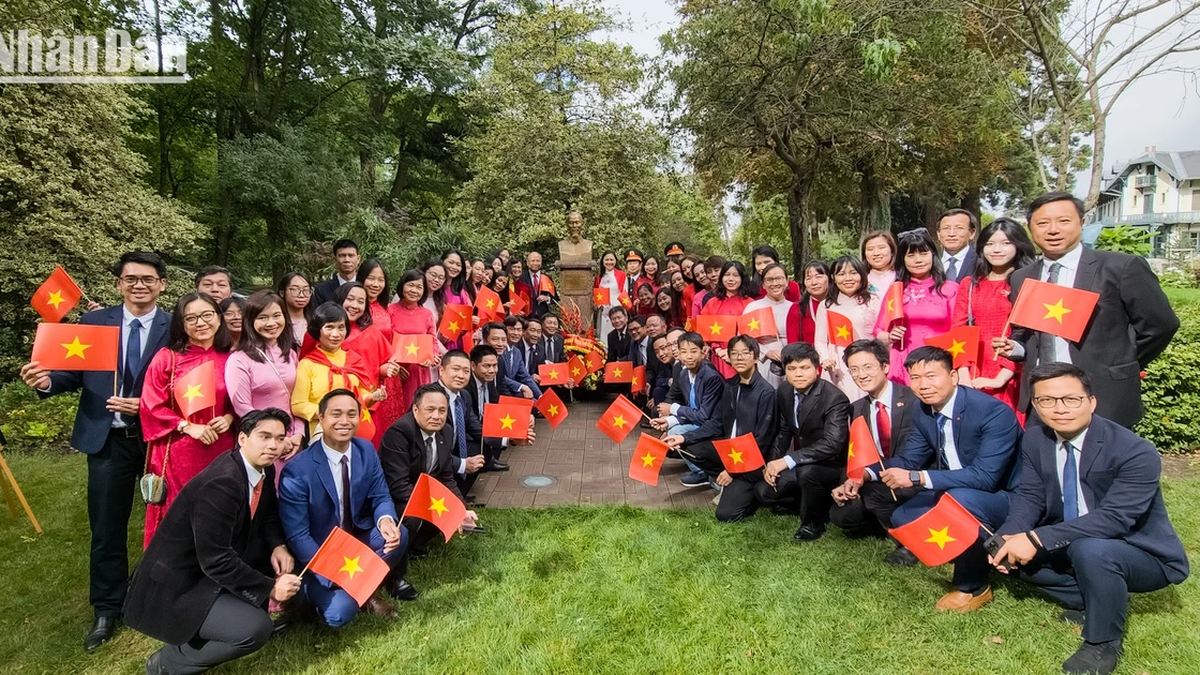
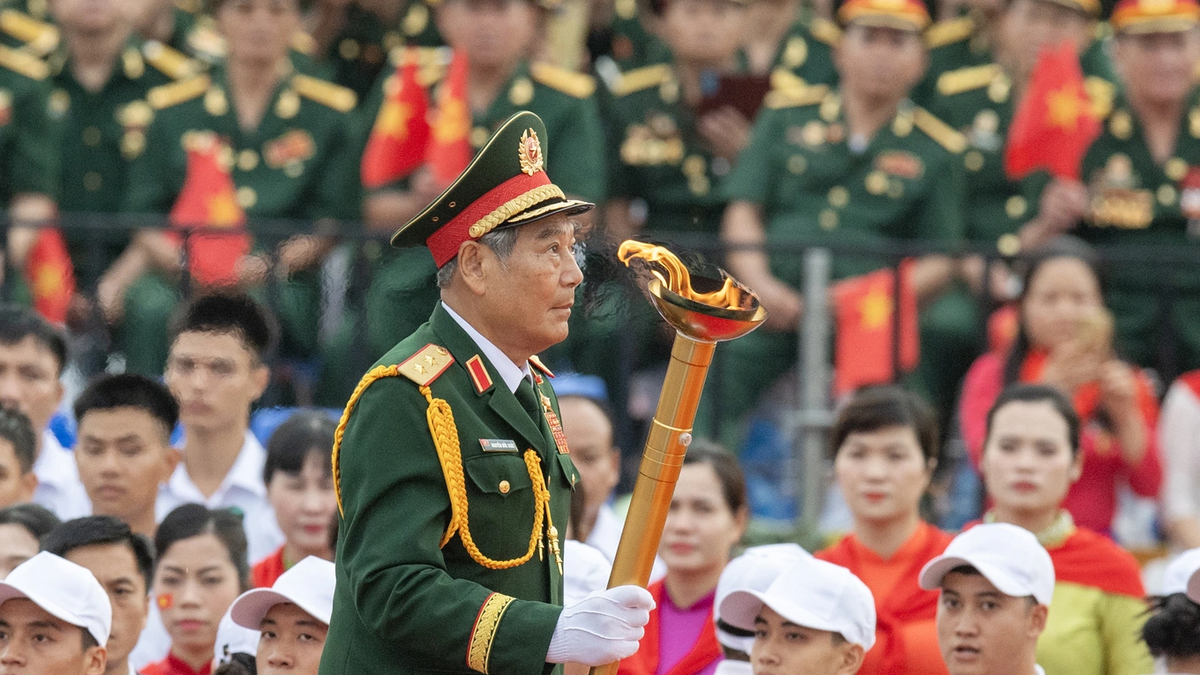

![[Photo] Parade of armed forces at sea](https://vphoto.vietnam.vn/thumb/1200x675/vietnam/resource/IMAGE/2025/9/2/98e977be014c49fca05fbb873eae2e8f)



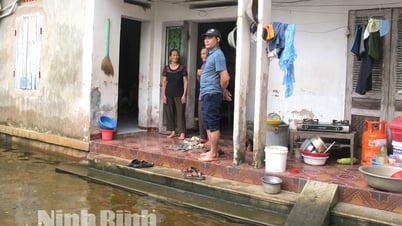

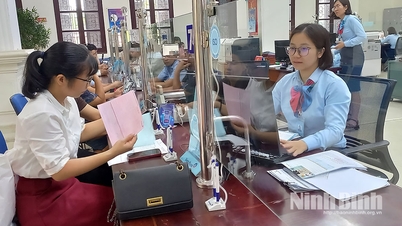
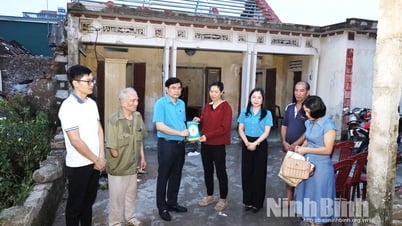


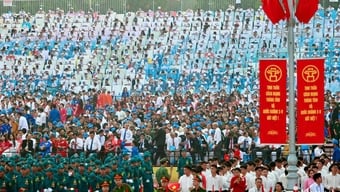
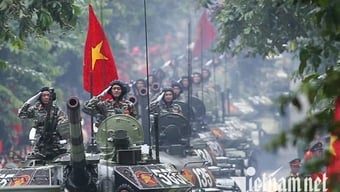


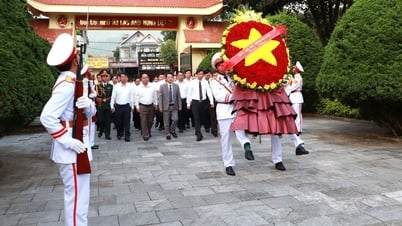





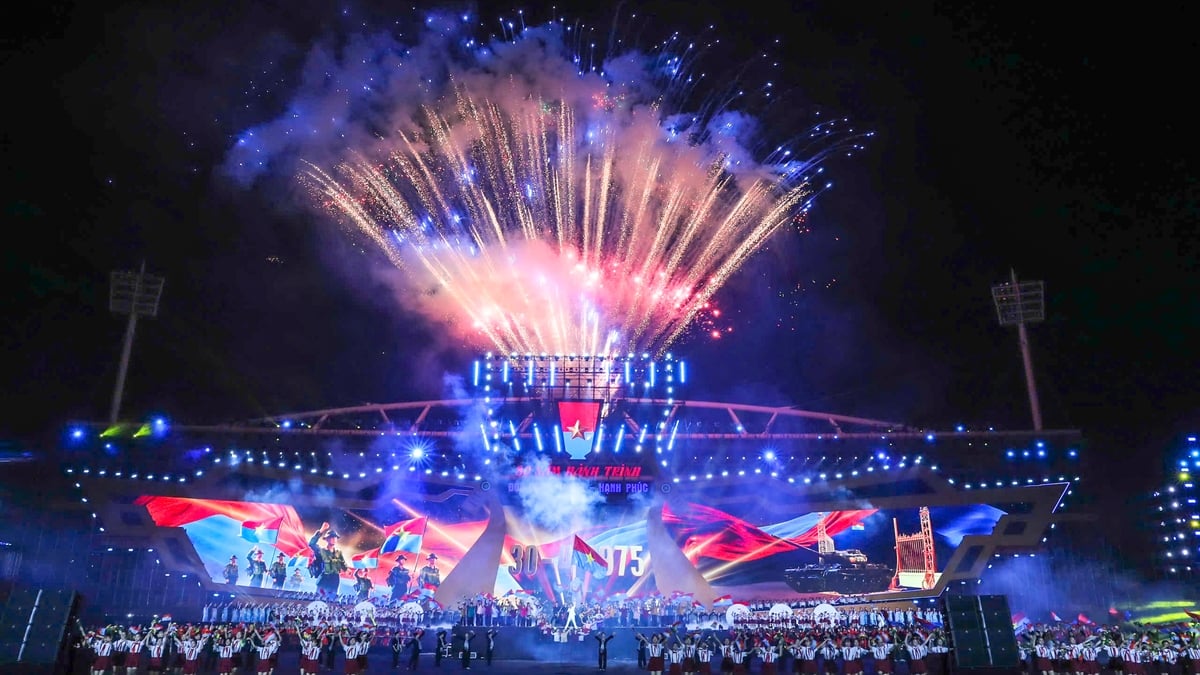
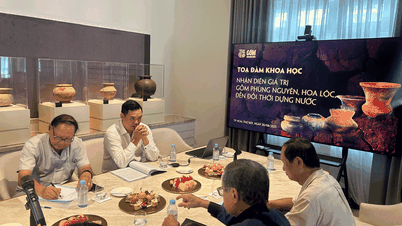

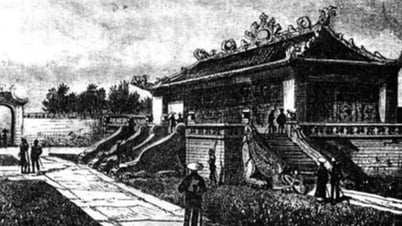

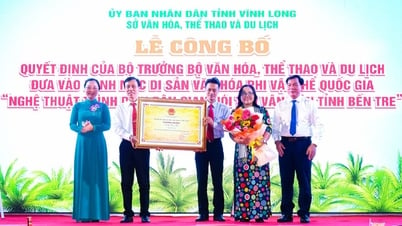




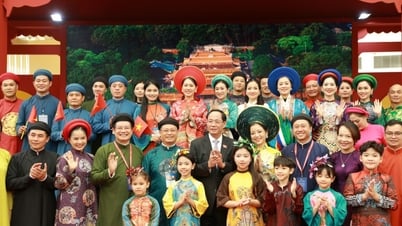






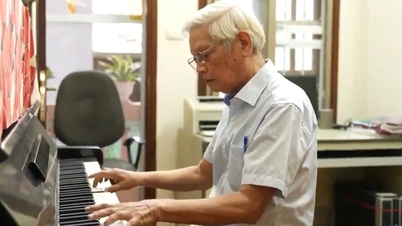
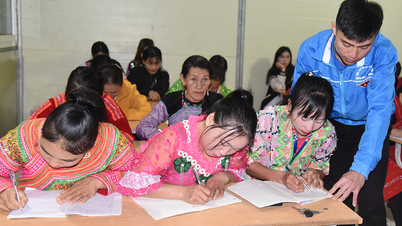





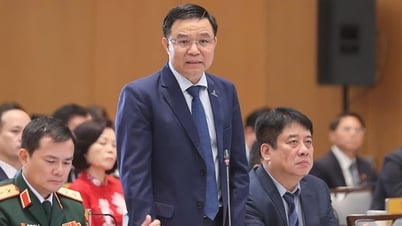
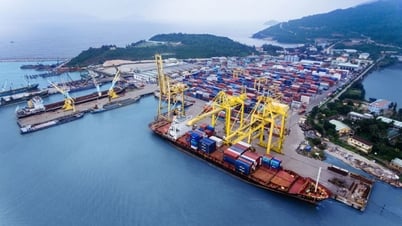

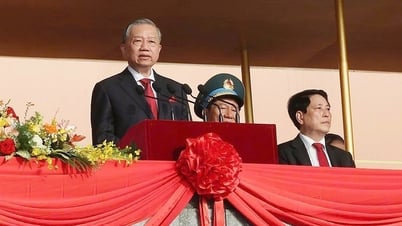
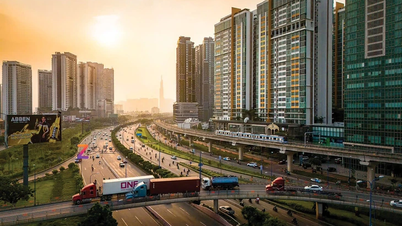
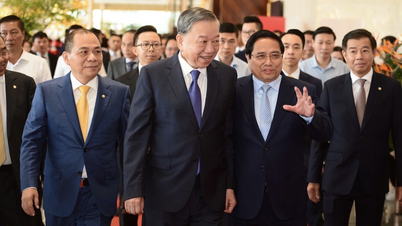



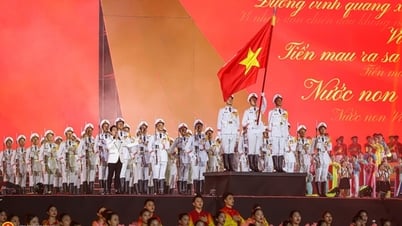


![[Live] Parade and march to celebrate the 80th anniversary of the August Revolution and National Day September 2](https://vphoto.vietnam.vn/thumb/402x226/vietnam/resource/IMAGE/2025/9/2/ab9a5faafecf4bd4893de1594680b043)

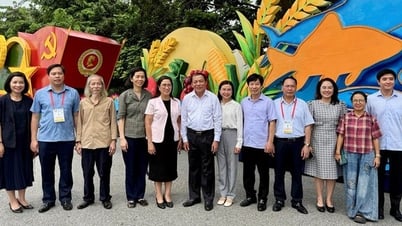

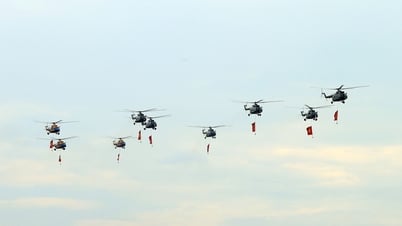

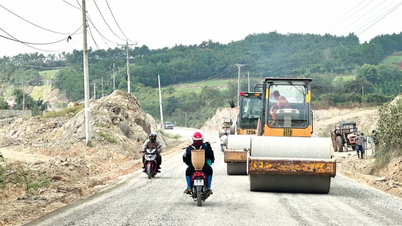


















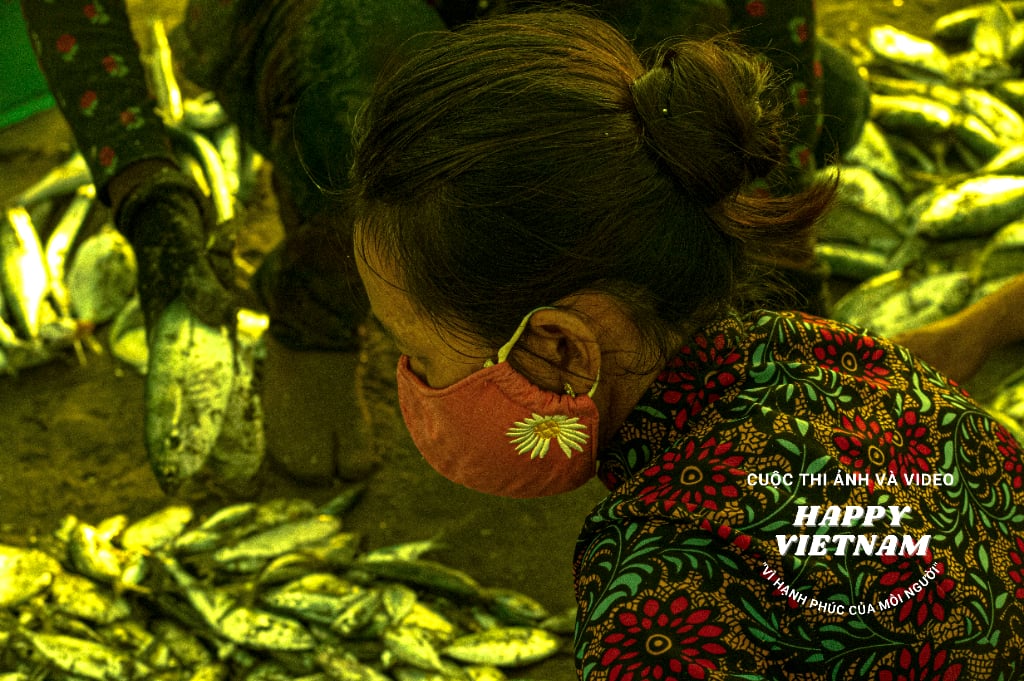



Comment (0)